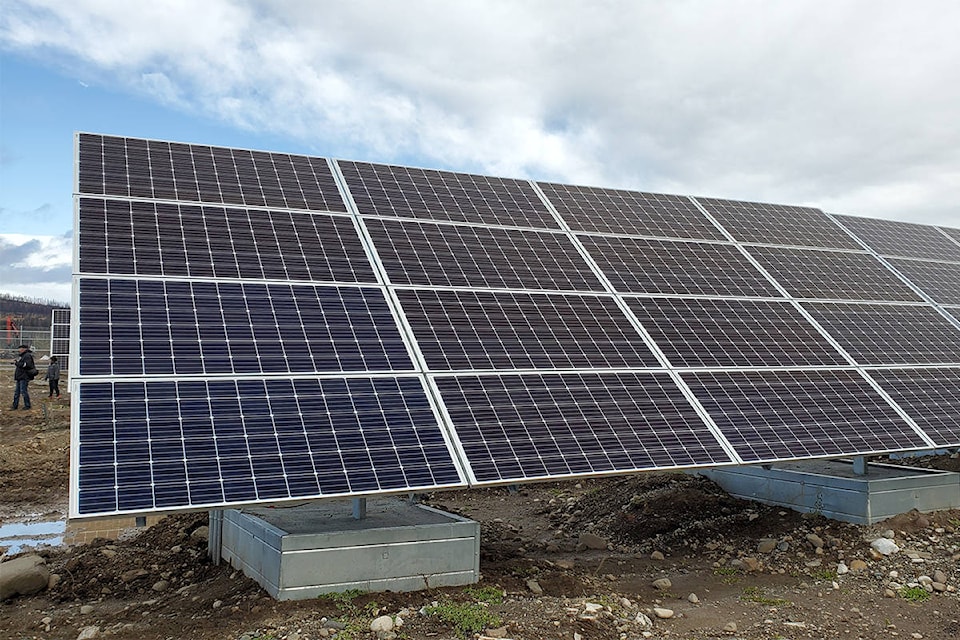The importance of photosynthesis can’t be overstated considering life on this planet would not be possible without it.
All of the forests, grass lands and water plants along with the organisms in each is dependent on this photochemical process. Even the fossil fuels (which may make the planet unlivable due to our over consumption) come from ancient plant and animal matter. During my review of some articles on climate change one thing I found very interesting was that photosynthesis used less than one percent of the suns energy that arrives on earth every day.
In contrast about 50 per cent of incoming radiation was absorbed by the Earth’s surface with the remainder being reflected by the clouds or absorbed by the atmosphere.
Most of the sun’s energy is eventually radiated back into space so the earth does not become overheated but green house gases are interfering with this process. There is an intense debate on how we can reduce our dependence on fossil fuels by using solar panels, wind turbines, biomass power or nuclear energy which all have drawbacks.
If there was a way to use some of the abundant energy absorbed by the earth’s surface (equivalent to about 11 barrels of oil per acre per day) before it was radiated away from the planet perhaps we could use that to replace some fossil fuel dependence. It turns out a small town in Alberta has an experimental subdivision that has been doing just that for the last decade. The following information was taken from the towns website.
“The Drake Landing Solar Community (DLSC) is a master planned neighbourhood in the Town of Okotoks, Alberta, Canada that has successfully integrated Canadian energy efficient technologies with a renewable, unlimited energy source — the sun. The first of its kind in North America, DLSC is heated by a district system designed to store abundant solar energy underground during the summer months and distribute the energy to each home for space heating needs during winter months.
The system is unprecedented in the World, fulfilling more than ninety percent of each home’s space heating requirements from solar energy and resulting in less dependency on limited fossil fuels.”
Solar panels on the roofs of the houses and garages captures energy which is stored in the ground using a series of boreholes. There are a total of 144 six inch boreholes 115 feet deep spaced about seven feet apart. The project also incorporates solar water heaters to assist their hot water needs as well as photovoltaic panels to supplement the electricity needed for the moving the water glycol mix from the solar panels. After 12 years of operations with no unscheduled interruptions they achieved an average of 96 per cent use of solar energy to meet their heating needs. This resulted in a reduction of five tonnes of greenhouse gases per home per year.
Read more: Tsilhqot’in Nation celebrates new solar farm west of Williams Lake
With the clear advantages of this project at the time of construction one would expect many more projects like this would be established. This is not necessarily the case according to a 2017 masters study from the University of Calgary. The shale gas revolution has reduced the economically competitive and environmental advantages of the Drake project according to Masters students Dan Sudeyko and Dave Greacen who looked at ways to deal with upgrades and maintenance that would keep the Drake project viable and competitive.
In future articles I will discuss how this abundant energy source could be incorporated into other fossil fuel alternatives along with additional aspects which should be taken into account rather than just economic comparisons with the highly subsidized fossil fuel industry.
Read more: SD27 awarded for innovative solar energy project at off the grid school
Jim Hilton is a professional agrologist and forester who has lived and worked in the Cariboo Chilcotin for the past 40 years. Now retired, Hilton still volunteers his skills with local community forests organizations.
